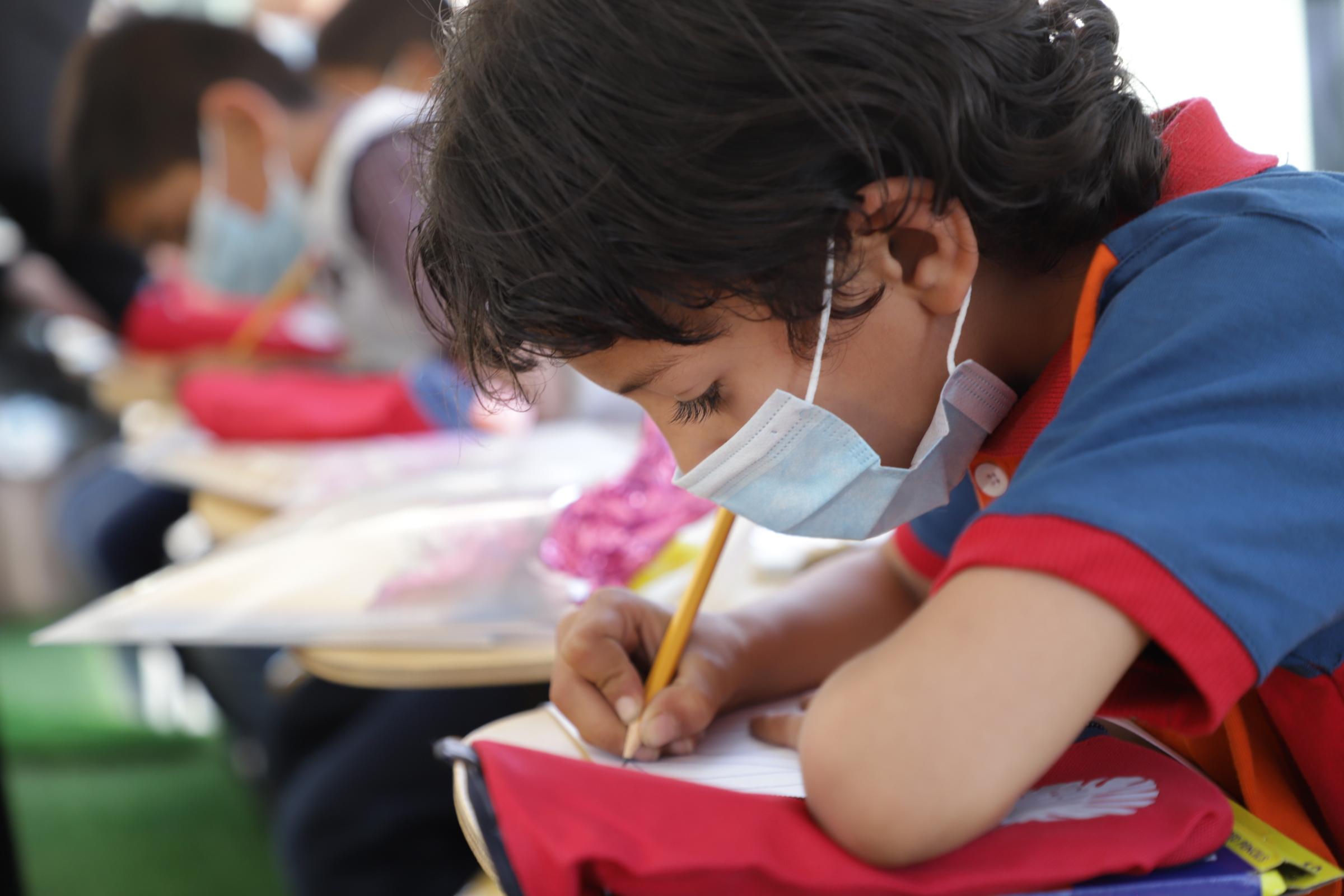
Literacy – the ability to read and write. It is a powerful skill, a key measure of a population’s education. We might take it for granted, especially in a country where we receive access to education easily from a young age. But in fact, literacy has a long history.
The first written communication dates all the way back to 3500 B.C., during a time when only a small number of people learned to read and write. Back in those days, people who knew how to read held public performances to display their skill. The first known books originated in Rome, around 23 B.C. while books were also developed in the Middle East and Asian nations around the same time. Books were initially a rare and expensive commodity, however the invention of the printing press in the 15th century changed this. As printed books became more common, literacy rates increased.
In the last few centuries, literacy levels for the world population have risen dramatically.
In 1820, only 12% of the world’s population could read and write. According to Our World in Data, in 1870, only one in four people worldwide attended school, which meant only one in five were able to read. At the same time, global inequalities in access to education were very large.

In this century, the numbers have reversed: in 2016 only 14% of the people in the world remained illiterate. The global estimates of literacy and school attendance are above 80% while the inequality between regions are much lower, but still existing nonetheless. Over the past 65 years, the global literacy rate rose by 4% every 5 years – from 42% in 1960 to 86% in 2015. In many countries worldwide, more than 95% have basic literacy skills – this literacy skill of the majority of the population is in itself, a modern achievement.
Two centuries ago, only a small elite of the world population had the ability and opportunity to read and write. Today, more than 4 out of 5 people are able to read. Young generations are better educated than ever before.
However, large inequalities still remain globally. Despite the promising decline in the levels of illiteracy and huge improvements in the expansion of basic education as well as the scaling down of education inequalities; there are still substantial challenges present ahead. The poorest countries in the world still have a large percentage of the population who are illiterate. Statistics by Our World in Data shows that particularly in many poorer countries, the literacy rate for young women is lower than the rate for young men. For this, there are many different factors that hinder the road to getting education for women. For those in the poverty-stricken communities, the lack of clean water is one reason.

Here at Global Ehsan Relief, we believe strongly that education plays a vital role in the development of the younger generation, as well as for both genders, for the good of the future. In particular, being literate is the first step towards getting an education. Literacy plays an important role in transforming students into socially engaged individuals. This powerful skill gives them the ability to keep up with current affairs, communicate effectively and understand the issues that are shaping our world.
Support our Care for Education campaign and our efforts to transform the lives of underprivileged children worldwide by providing them with access to quality education – their first step towards a better and brighter future.